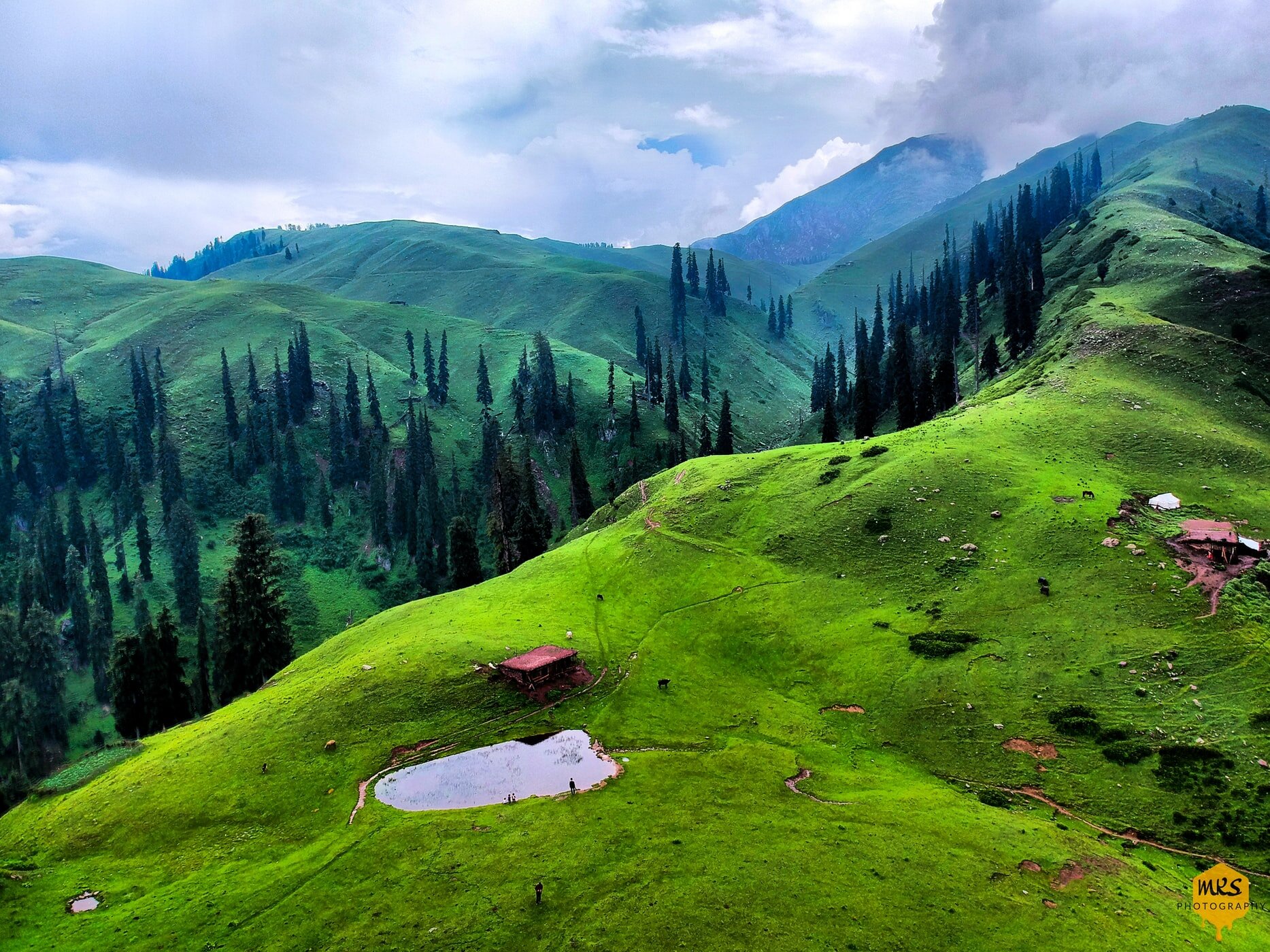Pakistan: From Terrorism to Tourism
Photo by Muhammad Khubaib Sarfraz on Unsplash
If you live in America or Europe and watch the news regularly, you would have probably heard about Pakistan. It is located on the crossroads of the Middle East, Central Asia and South Asia. It is bordered by Afghanistan to the north and west. Iran makes up its southwest border.
In the east, it is bordered by India, while on the south is the Arabian Sea. China sits northeast while Kashmir makes up the rest. Islam is the state religion of Pakistan, and about 95-98 percent of Pakistani people are Muslims.
For a long time, Pakistan has been known for all the wrong reasons. Due to the negligence of previous governments, terrorism and lack of facilities, the country’s tourism industry suffered from a drastic downfall. But now the image of Pakistan as an unsafe country for foreign tourists is gradually changing and Pakistan is quickly becoming one of the world’s new favorite tourist destinations.
A country with diverse cultures and natural beauty, Pakistan can be a heaven for any tourist. From snowcapped peaks and frozen lakes to serene valleys and beautiful shores, interspersed with the ruins of ancient civilizations and Mughal and Abbasi monuments in Lahore and Bahawalpur, Pakistan is full of breathtaking views. The Kashmir region is known as heaven on Earth for its beauty while Swat Valley of North Pakistan is considered the Switzerland of Asia. Moreover, the religious sites of Hindus and Sikhs are also a great source of attraction for local and foreign tourists.
Pakistan’s northern region Gilgit is considered heaven for geologists and mountain climbers. It is blessed with long range of mountains and beautiful landscapes. The world’s second highest mountain ‘K-2’ and world’s deadliest mountain ‘Nanga-Parbat’ is also located in this region.
Every year during summer, North Pakistan is filled with thousands of national and international tourists who keep the local businesses running. Those who call these regions home rely heavily on tourism and in past 5 years the number of hotels and restaurants in these areas have doubled due to the surge in tourists.
Photo by Muhammad Khubaib Sarfraz on Unsplash
Pakistan has a rich culture filled with traditions and customs which represent the history of this region and if you are travelling in rural or tribal areas of the country you would observe that after every 100 kilometers, the ethnicity and language changes.
Pakistani people are known for their hospitality and they consider guests as a gift from God. So, if you are a foreigner in Pakistan, it might be a possibility that people will not charge you or rip you off even when they can.
Many languages are spoken in Pakistan depending upon the region, but Urdu is the national language of the country which connects the inhabitants of the different provinces. English holds the status as the official language in the country so the curriculum in schools, colleges and universities is in English. Therefore, English is widely spoken and understood.
The recent surge in tourism is the result of the Government’s new policies and decisions to promote tourism in Pakistan. The Prime Minister believes that tourism can save Pakistan's struggling economy. In regards to this, Pakistan has launched an online visa application service for 175 countries and 48 counties for visas on arrival to end mandatory no objection certificate for foreign tourists seeking to visit certain parts of Pakistan.
The British Backpacker Society in 2018 ranked Pakistan as the world’s top adventure travel destinations, describing the country as: “… one of the friendliest countries on earth, with mountain scenery that is beyond anyone’s wildest imagination.”
Forbes has endorsed tourism of the country, putting Pakistan on the list of coolest places to visit in 2019.
Imran khan also sees religious tourism as way to boost the economy and create thousands of employment opportunities. In regards to this, he has decided to restore hundreds of neglected worship sites of Hindus, Sikhs and Buddhists. Under his leadership, Pakistan has also shown interest in opening ‘Katas-Raj’ temple for Indian tourists to visit this holy shrine via the Wagah Border.
In November of 2019, Pakistan opened the ‘Kartarpur Corridor’ allowing visa free access to Indian Sikhs to visit one of their faith’s holiest sites ‘Dera Baba Guru Nanak’ located in Kartarpur, Pakistan which is just a few miles away from the Indian border. Since the partition of India-Pakistan, Sikhs have been demanding and praying to visit this holiest site and now each day, hundreds of Indian pilgrims visit this holy site in Pakistan where their founder ‘Baba Guru Nanak’ spent 18 years of his life. Pakistan spent millions of US dollars on this corridor which clearly indicates the ruling government’s commitment to promote religious tourism in the country.
Photo by Muhammad Khubaib Sarfraz on Unsplash
Between 2018 and 2019, many international travel bloggers visited Pakistan and shared their wonderful experiences with the world, highlighting the beauty and hospitality of the country. In 2019, the royal couple Prince William and Kate Middleton also visited Pakistan which indicates the improved security conditions in the country. These stories shared by international travel bloggers and the visit by the royal couple have put Pakistan back on the map for the international world as a tourist destination.
Pakistan’s tourism industry has suffered a lot due to terrorism but now tourism is on the rise but there still are many remaining areas of development that need to be addressed by the government.
So, if you are a traveler who doesn’t believe in media and want to experience the lifelong epic adventure with scenic views, visit Pakistan.



